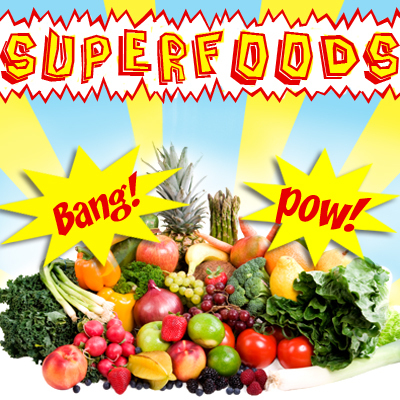_______________________________________
Sausage-and-Quinoa-Stuffed Acorn Squash
- 2medium acorn squash, about 3/4 to 1 pound each
- 1cup low-sodium chicken broth
- 1/3cup quinoa, rinsed
- 1 1/2teaspoons toasted sesame oil
- 4ounces fresh turkey or chicken sausage, casing removed
- 1teaspoon ground cumin
- 1/2teaspoon coarse salt
- 1/2cup chopped red onion
- 1/2cup chopped red bell pepper
- 3garlic cloves, minced
- 2 1/2tablespoons minced fresh ginger
- 3ounces Gouda, shredded (about 3/4 cup)
DIRECTIONS
1. Preheat the oven to 375 degrees . Cut squash in half horizontally and remove seeds; place cut side down in a baking pan filled with 1 inch hot water. Bake 45 minutes, or until a sharp knife easily pierces squash.
2. Meanwhile, bring broth to a boil in a medium saucepan. Add quinoa and simmer, partially covered, over medium-low heat 15 minutes. Turn off heat and cover pot.
3. Heat oil in a large nonstick skillet over medium heat. Add sausage, cumin and salt. Saute 4 minutes, breaking up meat with a spoon. Add onion, bell pepper, garlic and ginger. Cook 2 minutes; stir in quinoa.
4. Transfer squash halves to a dry baking dish, cut side up. Pack each with an even amount of filling and bake 20 minutes. Press shredded cheese into each filled half and bake 5 minutes more, or until cheese has just melted.































